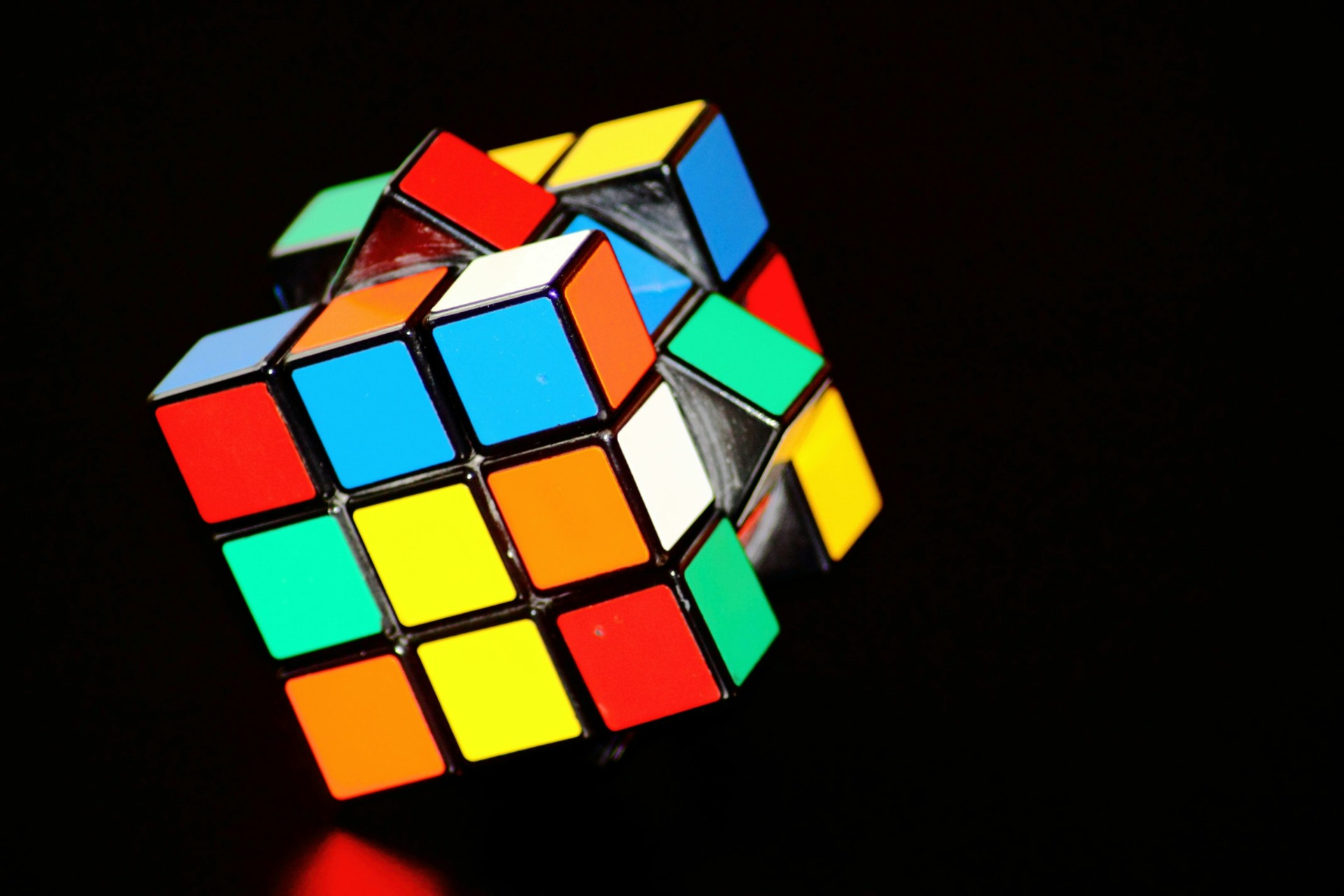We’ve all heard the saying that consuming marijuana will kill brain cells and make you stupid. But what does the science actually say? What happens to the brain when we consume cannabis?
Despite the fact that more and more people are consuming marijuana to treat medical conditions, a group of researchers noticed that most of the studies on cannabis and brain function have been performed on recreational cannabis consumers and/or teens. But what about adults using a carefully considered regimen of cannabis to treat specific medical conditions? Researchers decided to make medical marijuana patients the focus of their study. And the results may surprise you.
FOLLOW US ON FACEBOOK & INSTAGRAM
How Researchers Tracked Brain Function in Medical Marijuana Patients
The results of the study, which was performed in Massachusetts, were released in early 2018. Researchers looked at brain activation and cognitive function in medical marijuana patients. Participants completed cognitive tests while undergoing functional magnetic resonance imaging (fMRI) before starting a medical marijuana regimen. They were then reassessed with those same tests three months later.
Scientists wanted to look at task-related brain activity specifically. So, they had the subjects complete various multi-source interference tests (MSIT). Examples of MSITs are:
-
Presenting subjects with three numbers, two of which are the same. Participants are directed to identify the one different number by pressing a button. The test administrators switch up the different number by sometimes making it greater or smaller than the other two. Or sometimes they place the numbers in a different order. They then record the subject’s reaction time when identifying the odd number out.
-
Showing participants a color name that’s written in the ink of another color. Researchers ask the subjects to name the ink color, but not the color name. Researchers record how often subjects correctly complete the task.
By also using fMRI, the researchers could view what parts of the brain were engaged and when they were completing these kinds of cognitive tests.
It’s important to note that the study had a relatively small sample size of 22 patients—11 men and 11 women between the ages of 28–74. The participants were using whole-plant medical marijuana products to treat:
- Pain
- Anxiety
- PTSD
- Sleep
- Mood
- Gastrointestinal issues
- Attention difficulty
The subjects consumed medical marijuana an average of nearly 5.5 days a week, almost twice a day for a total average of just over 10 times a week. They consumed the plant in almost every way possible including smoking and vaporizing flower, ingesting tinctures and edibles, and applying topicals.
Medicinal Cannabis Consumers Showed Improved Cognitive Function After 3 Months
After three months, researchers not only saw that the participants’ performance in MSITs improved, but that their brain activation patterns were different. Researchers specifically cited the patterns in the cingulate cortex and frontal regions. These parts of the brain control things like:
- Emotional responses
- Memory recall
- Problem solving
- Language
- Awareness and attention
- Cognitive skills
The study also noted that the brain activation patterns after three months of medical marijuana use closely resembled those of healthy control subjects from other studies—even more so than the subjects’ own pre-medical marijuana treatment patterns. What this means is that medical marijuana has the potential to normalize brain function.
Patients Report Additional Benefits With Medical Marijuana Consumption
Besides the improvement in executive function measures (things like planning and organizing, multitasking and managing time), the subjects reported improvements in the following areas:
- Sleep
- Depression
- Quality of life
- Impulsivity
- Energy
These improvements were noted when subjects compared their current state against how they were before they started consuming medical marijuana
RELATED: HOW CANNABIS WORKS TO PROTECT & REPAIR THE BRAIN
Was Cannabis the Only Reason for Improved Brain Function?
Study participants improved in other health-related measurements, and they were also able to take fewer prescription medications. The study specifically names opioids, antidepressants, mood stabilizers and benzodiazepines as drug classes that subjects were able to decrease during the three month-long study.
Researchers did note that the improved brain function might not solely be due to cannabis, but also to the decreased consumption in prescription medications—especially since drugs like mood stabilizers can interfere with cognitive processing. That said, researchers say more studies are needed.
The Difference Between Medical & Recreational Marijuana Consumption
It’s worth noting again that this study looked at medical marijuana patients, not recreational cannabis users. When studied, recreational consumers—adults and adolescents—have shown a decrease in MSIT scores in various areas such as:
- Attention
- Processing speed
- Executive function
Of course, there are differences in the types and amounts of cannabis that medical patients consume versus those that recreational users ingest. Recreational consumers usually go for cannabis high in tetrahydrocannabinol (THC) to feel its psychoactive effects. Medical marijuana patients may choose high-THC products as well, but they also typically consume marijuana rich in CBD for its anti-inflammatory and anxiolytic, or anxiety-reducing, properties.
That’s not to say that consuming THC will make you unable to think clearly. In fact, one study found that a large amount of CBD administered before ingesting THC improved cognitive function. That same study concluded that THC and CBD affect cognitive brain function in opposite ways. Meanwhile, another study found that consuming cannabis containing high levels of CBD along with THC prevented any problems with memory.
Federal Marijuana Laws Impose Restrictions on the Study
Researchers in the 2018 Massachusetts study also noted that it was up to the subjects to choose and administer their own cannabis products and regimen. Unfortunately, because marijuana is illegal federally, limiting the plant’s accessibility for research purposes, the team had little control over this aspect of the study. Marijuana researchers can only get supplies from the National Institute on Drug Abuse, and their cannabis offering doesn’t have the variety of products, strains and cannabinoid percentages that patients need—and that researchers are interested in studying.
Hopefully, this study inspires other researchers to look into how we’re affected when consuming marijuana for medical purposes. Studies like this go a long way towards busting the myth that all people who consume cannabis are dazed and confused as a result of ingesting marijuana. It’s also powerful proof that marijuana can be medicine, and that the plant can be a useful tool in fighting the opioid crisis.
Photo credit: Alvaro Reyes
If you’re new to cannabis and want to learn more, take a look at our Cannabis 101 post. HelloMD can help you get your medical marijuana recommendation; it’s easy, private and 100% online.






